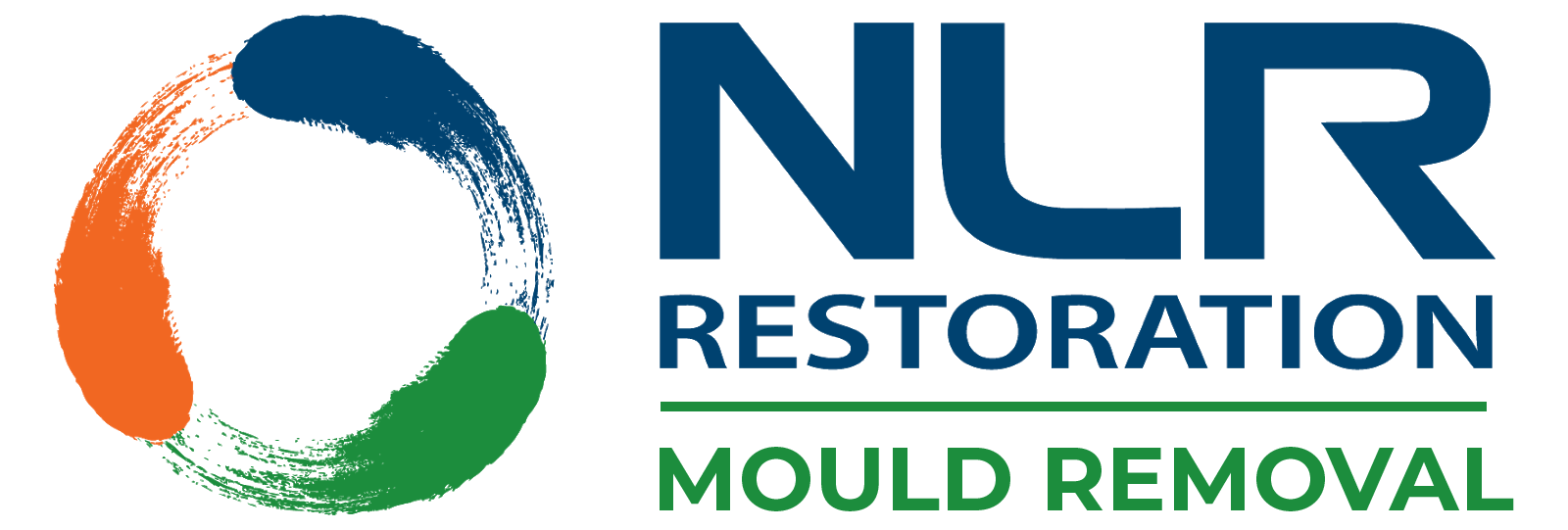20+
Years of Operating


 call1300 219 441
call1300 219 441 
Years of Operating
Projects Done
Hours On-site
Amazing Employees

24/7 Every Day of the Year

Serving Across SEQ and Sydney

On-Site in Less than 2 Hours for Emergency

100+ 5-Star Reviews

We restore mould affected properties. We reduce the health risk experienced by the occupants.

Our mould inspections will outline a possible cause of the mould and give you a plan to remove the mould without residual problems.

We offer a variety of Mould testing for Mould.
Mould Removal Brisbane can help you with all your mould removal needs. Whether you have a domestic or commercial property.
It is important to talk to someone to see how the 5 step mould removal strategy applies to your particular situation. Mould remediations can be complex.

Before we inspect the property, our staff will contact you to to book in a time to discuss the mould problem in detail over the phone.
It is important to correct the moisture source otherwise the mould may come back after remediation
We will ensure the actual mould remediation is completed in accordance with the scope which we have created.
At the end of the job, third party mould sampling is completed to ensure the mould has been remediated properly and returned back to normal mould ecology.
 Google Rating
Google Rating
NLR Mould Removal
4.9
“Very prompt and professional service with a real friendly touch. They certainly went out of their way to help and reduce the stress of a bad flood situation. Excellent follow up. Great crew who really know what they are doing and how best to tackle a difficult job. Thanks so much guys! “

“Jon and the NLR team were fantastic to deal with straight from the get go. They completed the works on time and to the price they quoted. They talked me through all areas of scope for assurance and understanding. I would definitely recommend them to anyone in the greater Brisbane area.”

“Dean and his team were very professional and polite. Their work is so neat! I have never had work done where the tradesmen were so conscious of us working – they kept the noise and mess to an absolute minimum. We are very grateful for the respect they showed towards us remaining operational during the process and for their great workmanship!”

“Punctual. Professional. Attention to detail. Good communication skills. These qualities help establish a trust relationship. I felt they want to do the best job possible and explained why they needed to perform each task.”